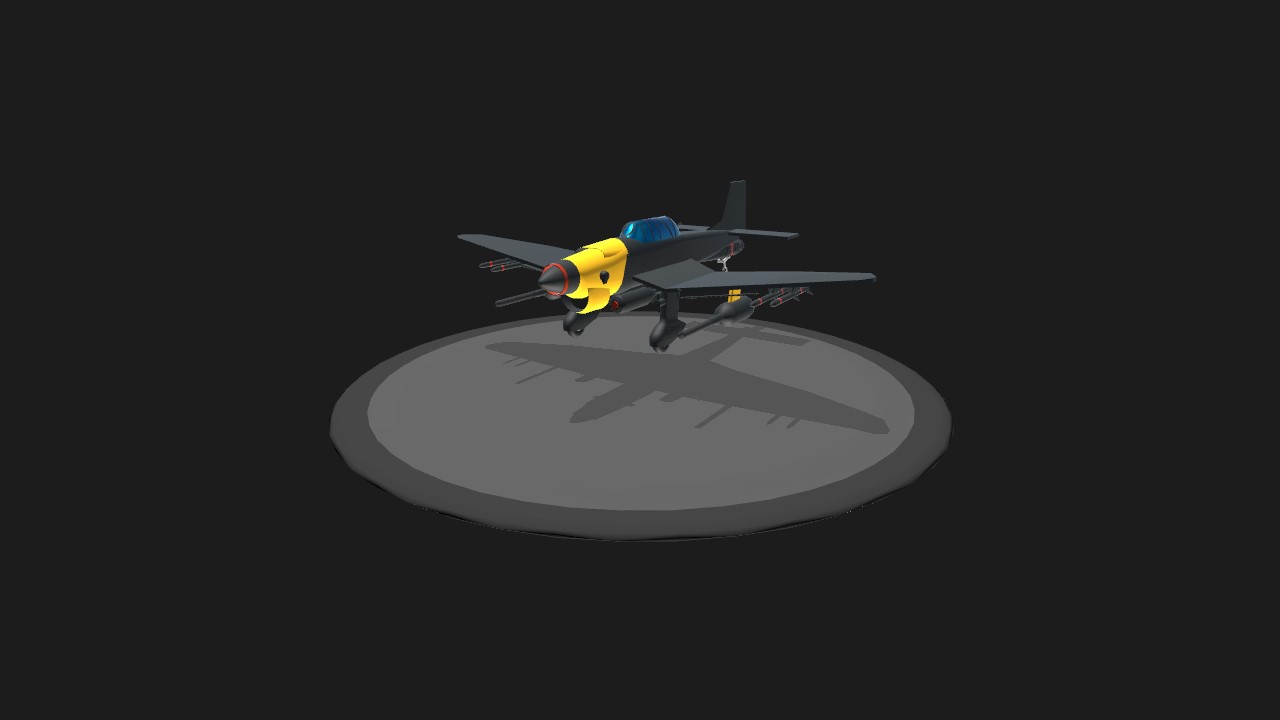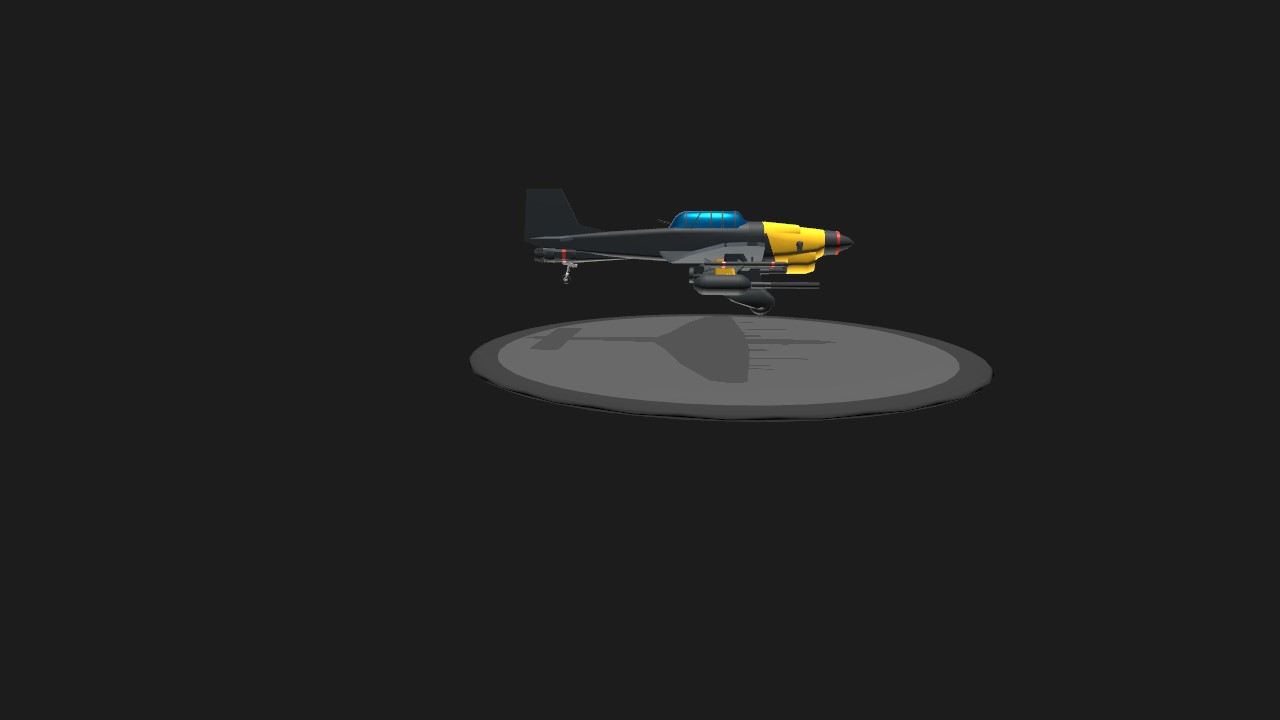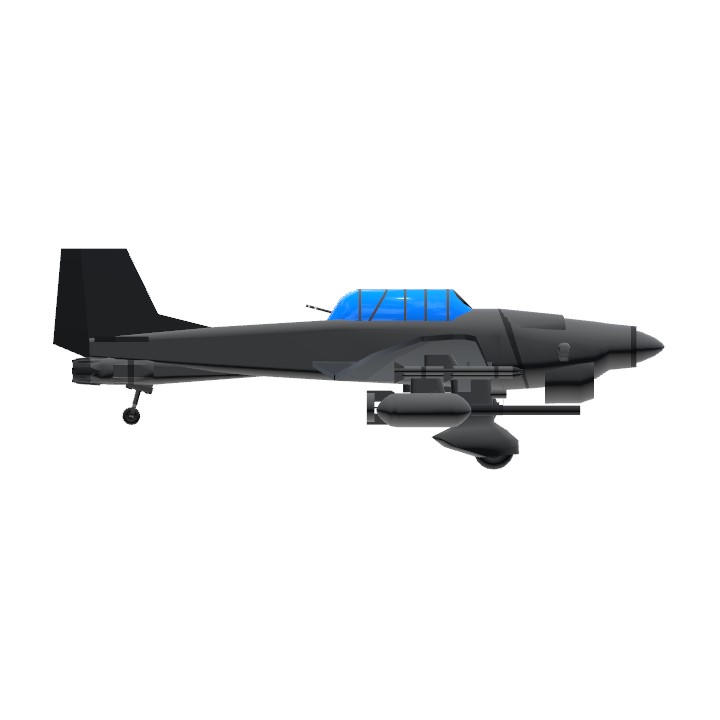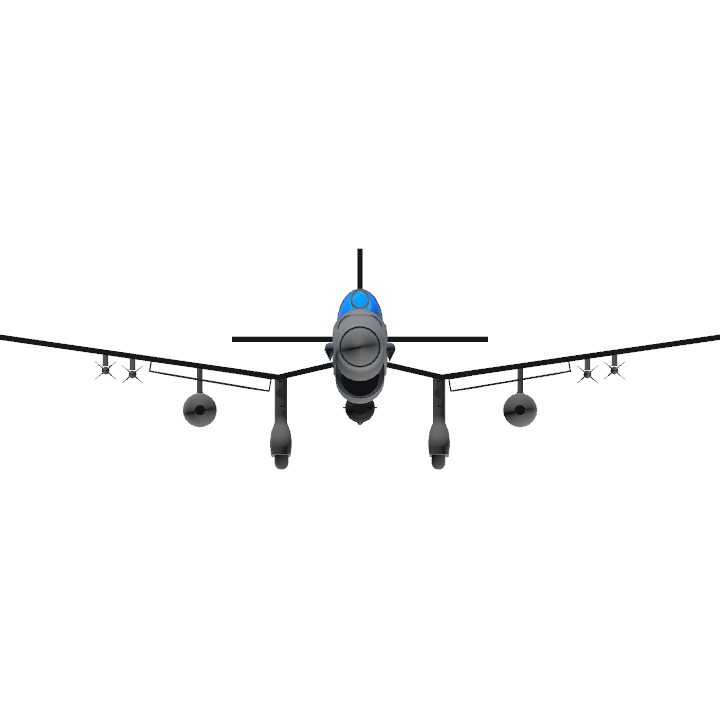After the battle of stalingrad and the capitulation of the Soviet Union with the death of Stalin The germans needed a new Light bomber fast enough to run from enemy intreceptors and small enough to hide from allied radars. The answer wa clear the old Ju-87 bombers commisioned till 1941 where outdated by speed but was able to carry a huge variety of weapons and explosives. The german millitary high command soon built the first prototype of the Ju-87 J (Jet series. After numberous tries they managed to built a successor to the Original Ju-87 bomber. The Ju-87 D-9 variant was a more stable and massive airframe and it was the only one to be able to refited with a J-3 jet engine with a huge success. The fisrt flight took of from paris in 1946 July 29 and arrived to Berlin within 3 hours with a single tank. The bomber played a main role in the second Battle of britain in 1949, at this point there where almost 1000 Ju-87 d-9 J-3 variant in service of the Third Reich. The bomber's last mission was in 1956 At the beginning of the Third Sino-Japanese war at this point the aircraft was obsolite but still had a big role in the war. It's succesor the Fw 692 light Jetbomber was built in 1954.
Specifications
General Characteristics
- Predecessor Ju-87 Stuka (WITH WORKING SIREN)
- Created On Windows
- Wingspan 43.4ft (13.2m)
- Length 36.8ft (11.2m)
- Height 13.2ft (4.0m)
- Empty Weight 12,999lbs (5,896kg)
- Loaded Weight 16,055lbs (7,282kg)
Performance
- Power/Weight Ratio 0.629
- Horse Power/Weight Ratio 0.342
- Wing Loading 40.0lbs/ft2 (195.2kg/m2)
- Wing Area 401.6ft2 (37.3m2)
- Drag Points 3572
Parts
- Number of Parts 93
- Control Surfaces 12
- Performance Cost 573






